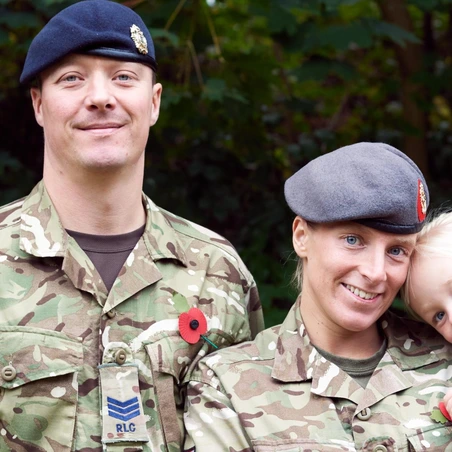Our Armed Forces support us every day, but here are some things you may not know about them.
1. In 2005 the MOD issued soldiers with special underwear
In 2005, the Ministry of Defence issued soldiers special antimicrobial underwear that can be worn up to three months at a time without needing a change.
The antimicrobial underpants were introduced by the Ministry of Defence in 2005 as part of a new desert uniform for soldiers.
“They are coated to prevent bacterial infection, and we have tried to arrange the seams so that they don’t chafe,” said Col. Silas Suchanek.
2. Each year around 10,000 Nepalese apply for around 400 Army places
The Army recruits’ soldiers from Nepal where around 10,000 applicants each year competing for 400 places.
The Gurkhas celebrated serving the Crown for 200 years in 2015 and have been an integral part of the British Army since 1947 when they transferred from the Indian Army.
The selection process is one of the toughest in the world with 10,000 applicants vying for around 400 places.
Tests include the infamous doko race which involves a three-mile uphill run carrying 35kg (77lb) of sand and rocks in a basket strapped to the back.
3. The Royal Marines 32-week commando course culminates with a 30-mile speed march
At the end of Royal Marines training recruits need to pass four Commando tests in the space of a week. All tests are completed carrying 21 lbs of equipment and a rifle.
These include a six-mile endurance course followed by a four-mile run back to camp, a nine mile speed march to be completed in 90 minutes, a Tarzan Assault course and the 30 mile “Yomp”.
Upon completion participants are presented with their Green Berets.
4. The Army has used mascots including a Ram called Private Derby
Some units in the Army adopt military mascots - animals maintained for ceremonial purposes.
The Army uses and has used various mascots including a Ram called Private Derby, a Shetland Pony called Pegasus and Bobby an antelope.
These are different to working animals, which serve in combat or transport roles. The British Army has both official and unofficial mascots. Official mascots are entitled to the services of the Royal Army Veterinary Corps and looked after with public money. Official mascots also have a regimental number and rank. As with regular soldiers, they can be promoted and demoted!
5. Celebrities who served in the Royal Navy include James Bond author Ian Fleming and actor Sean Connery
James Bond author Ian Fleming served in the Royal Navy between 1939 and 1945 and the first man to play 007, Sean Connery, also served but he was medically discharged because of an ulcer.
Dragons Den star Duncan Bannatyne joined the Royal Navy in 1964 at the age of 15 but he was Court discharged after four years for throwing an officer overboard.
6. The Armed Forces have been involved with counter-poaching and work within the NHS
Did you know that the Armed Forces have been sent to help with anti-poaching operations in Africa, work within the NHS and are deployed worldwide to assist with humanitarian missions?
Deployments have included Malawi in East Africa helping in the fight to prevent poaching, the Gulf on anti-piracy missions and Sierra Leone in West Africa helping to fight Ebola.
7. On a Naval vessel someone called a Clacker Mechanic on board is the cook.
The Royal Navy is renowned for having its own slang including 'Clacker' which is Navy Slang for pastry.
Other slang includes: things such as “Icers” and “redders” (something very cold is icers. something very hot is redders), “Gonk” which means sleep and “hoofing” which means something is very good.











